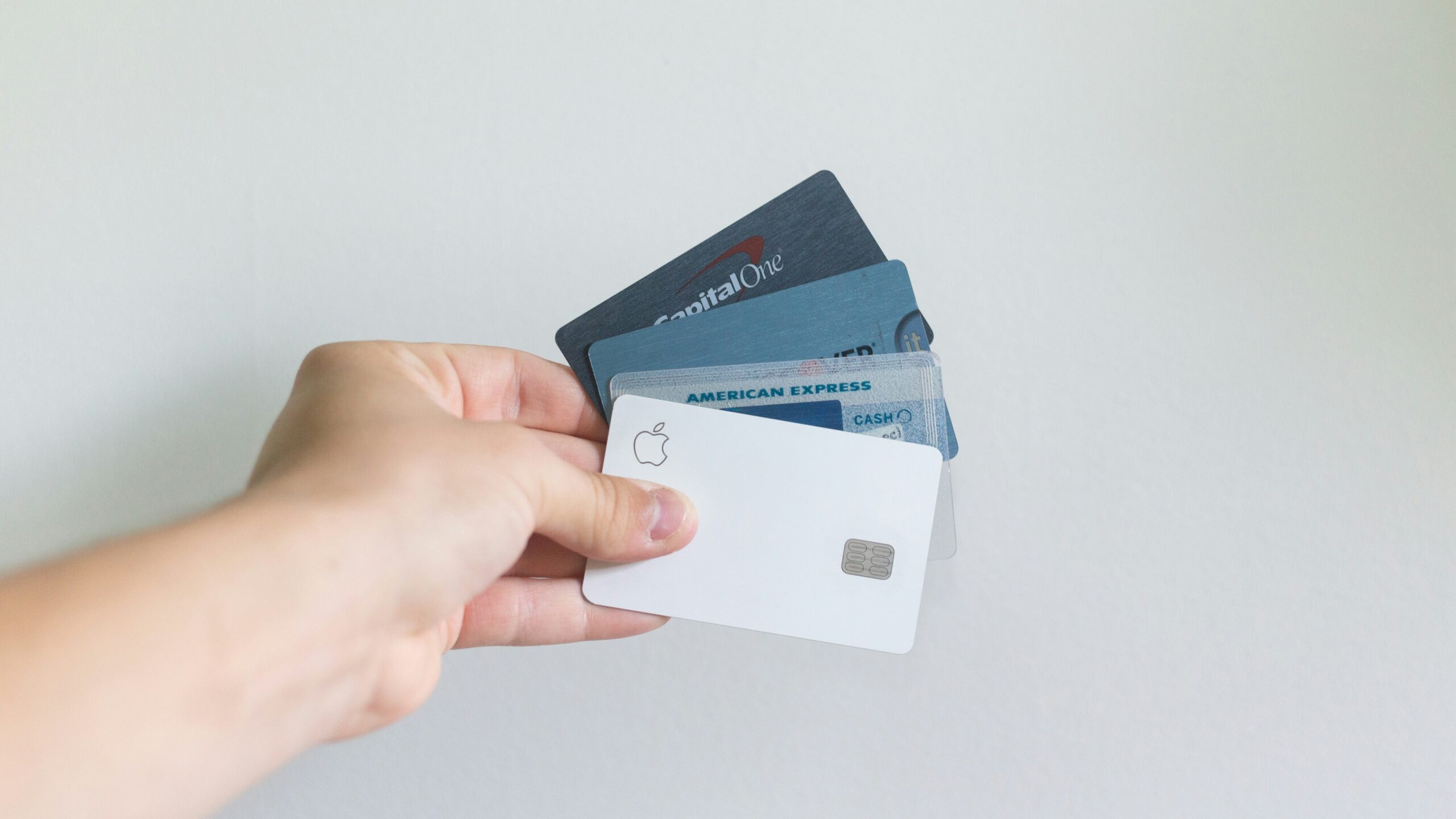“Ever argued with your partner about who forgot to pay the credit card bill? Or worse, found yourself on the hook for charges you didn’t even make?”
If you’ve ever considered getting a joint credit card—or already have one—you’re probably familiar with the chaos and confusion that can arise. Joint credit card liability isn’t just a term; it’s a reality that affects thousands of couples and families every day. In this guide, we’ll break down what joint credit card liability means, how it works, and how you can protect yourself (and your wallet).
By the end of this post, you’ll understand:
- The pros and cons of joint credit cards.
- How liability is divided—and why it matters.
- Actionable tips for managing joint financial responsibility like a pro.
Table of Contents
- Introduction: Why Joint Credit Cards Matter
- Key Takeaways
- The Problem with Joint Credit Card Liability
- Step-by-Step Guide to Navigating Joint Credit Card Liability
- Tips & Best Practices for Managing Joint Cards
- Real-Life Examples of Joint Credit Card Woes
- FAQs About Joint Credit Card Liability
- Conclusion: Stay Smart with Shared Finances
Key Takeaways
- Both parties share equal legal responsibility for all charges made on a joint credit card.
- Poor communication and misuse can lead to damaged relationships and financial ruin.
- Setting clear boundaries and tracking expenses can mitigate risks associated with joint credit cards.
The Problem with Joint Credit Card Liability

Let’s talk turkey: When you sign up for a joint credit card, you are legally responsible for every single charge—whether you knew about them or not. It doesn’t matter if your partner went wild at the mall or accidentally racked up medical bills; lenders expect both names attached to the account to cover the balance.
Imagine this fail: A friend of mine (let’s call him Dave) opened a joint credit card with his then-girlfriend. She had great intentions but zero budgeting skills. Before he realized it, she’d maxed out their $10,000 limit on designer shoes and spa days. Guess who got stuck footing most of the bill when they broke up? Yep—Dave.
This kind of situation happens more often than you’d think. According to Experian, nearly 30% of co-applicants report disagreements over spending habits within six months of opening a joint credit card.
Rant Alert: I mean, seriously, who thought making two adults equally liable without safeguards was a good idea?! But alas, here we are.
Step-by-Step Guide to Navigating Joint Credit Card Liability
Step 1: Understand Your Agreement
Optimist You: “It’s as simple as signing some paperwork!”
Grumpy You: “Ugh, fine—but read the damn terms first.”
Before you dive into applying for a joint credit card, sit down together and go through the lender’s terms carefully. Pay attention to:
- Who qualifies as an authorized user versus a co-borrower?
- What happens if one party defaults on payments?
- Are there any fees for adding or removing users?
Step 2: Set Boundaries Early
Create a household budget specifically for the joint card. Decide:
- What types of purchases are allowed (groceries? vacations?)
- Monthly spending caps per category
- How payment responsibilities will be divided
Step 3: Track Spending Religiously
Use apps like Mint or YNAB to monitor spending in real time. This keeps everyone accountable and prevents surprises during billing cycles.
Tips & Best Practices for Managing Joint Cards
- Limit Shared Accounts: Only open joint cards for essential expenses (e.g., rent, utilities). Avoid using them for discretionary items.
- Communicate Transparently: Regular check-ins prevent misunderstandings. Discuss large purchases beforehand.
- Have an Exit Plan: Agreements should outline what happens if things go south—from breakups to bankruptcy.
- Keep Individual Credit Healthy: Even with a joint card, maintain separate credit profiles. This protects long-term financial health.
Terrible Tip Disclaimer: Don’t rely solely on trust—ever. Just because someone swears they’re “good with money,” verify everything. Seriously.
Real-Life Examples of Joint Credit Card Woes
Case Study #1: Sarah and John decided to get a joint card after moving in together. Initially, they were meticulous about tracking spending and paying off balances monthly. However, once John lost his job, unpaid bills piled up quickly. Not only did this hurt their credit scores, but it also strained their relationship irreparably.
FAQs About Joint Credit Card Liability
Q: Can I remove myself from a joint credit card?
A: Unfortunately, no. Both parties must agree to close the account entirely before liability ends.
Q: Is my credit score affected by my partner’s actions?
A: Yes, late payments or high utilization rates impact both individuals tied to the account.
Q: Are there alternatives to joint credit cards?
A: Consider adding an authorized user instead. They gain access, but primary liability stays with the original cardholder.
Conclusion: Stay Smart with Shared Finances
Joint credit card liability is no joke—it requires careful planning, open communication, and disciplined management. While these accounts offer convenience and flexibility, they also come with significant risks if mishandled. By understanding the rules, setting boundaries, and staying vigilant, you can navigate shared finances successfully.
Now that you know better, act smarter. As my grandma used to say…
Two names share one card, But debts divide hearts apart. Plan well—stay sharp!


